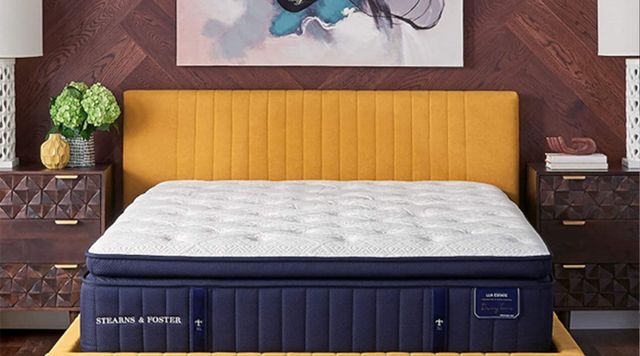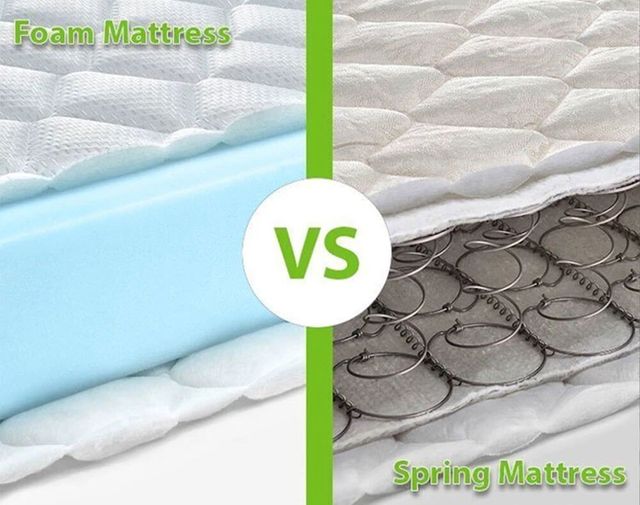
The Center for Disease Control (CDC) reports that a third of US adults usually get less than the recommended amount of sleep. Not getting enough sleep is linked with many chronic diseases and conditions.
Why is it so difficult for many people to fall asleep or to stay asleep?
One reason is simple: the mattress. But, selecting the right type of mattress for you may not be so simple. Everyone has their likes and dislikes, as well as needs, for a mattress. So, let’s begin with the types of mattresses you may want to consider.
FOAM
Foam mattresses are available in polyfoam, memory foam and latex. Many of today’s consumers prefer foam mattresses because they are resistant to bacteria and allergens, alleviating the concern about mold, dust mites or bed bugs.
An advantage of foam is that as it shapes to your body and it can make the bed seem warmer. But this can be a disadvantage for warm sleepers. Those individuals may like to consider gel-infused foam mattresses which increase air cumulation and provide cooling. Foam mattresses are available in various types, such as memory foam and polyfoam.
Polyfoam offers various levels of density. The higher the density, the more durable and firmer the mattress.
We have the space program to thank for memory foam mattresses. NASA’s invention was designed to provide seat cushioning protection for airplane passengers and pilots. When used for mattresses, memory foam softens and contours to your body. Side sleepers or those who suffer from joint or bone problems may find relief on a memory foam mattress.
Latex foam, a natural product, is often preferred by people who value its quietness and good temperature regulation.
A foam mattress may consist of one or more layers of memory foam, polyfoam, latex or other fabrics, all of which offer differing degrees of pressure relief, movement isolation and noise reduction.

SPRING
A spring mattress is coil-based construction, allowing coils to compress when you sit or lie down, then spring back when you remove your weight from the mattress. People who are fond of spring mattresses like their bouncy feel and general lack of heat retention. However, the springs may not provide maximum comfort and may intensify the feeling of your partner’s movement. Depending on the mattress itself, the coils may squeak as they respond to movement.
Not all spring mattresses are the same and are dependent on the type, number and thickness of the coils, the height of the coil layer, the quality of the steel and material layers above the coils. The coils, covered by padding or upholstery to provide comfort and support, may be connected or individually wrapped. Connected coils provide that bouncy effect that appeals to some people, while individually wrapped coils reduce the movement of the other person in the bed. Either way, the greater number of coils usually means greater support.
HYBRID

If you like some of the features, but not all of a spring or foam mattress, a hybrid may be for you.
Hybrid mattresses are typically constructed of several layers and a combination of materials, each providing its own benefits. So, a hybrid mattress may integrate components such as micro-coils, memory foam, polyfoam, latex and textiles. Most hybrids feature more than one of these materials so that the sleeper can enjoy cushioning the body while retaining bounce and edge support, and receiving a high level of durability and comfort.
Knowing how a mattress is constructed and what that construction means for you is the first step to a good night’s sleep. But a mattress is not only what you sleep on. It affects how you sleep at night, which affects how you feel the next day. There is no one mattress that’s for everyone’s body type, preferred sleeping position, temperature preference and possible physical issues. Choose the one that’s right for you…for tonight and for tomorrow.